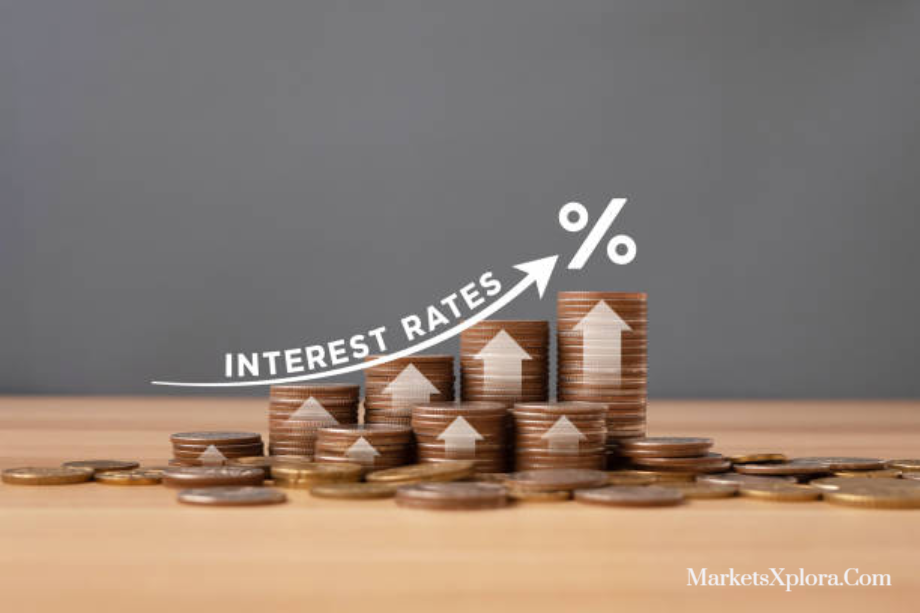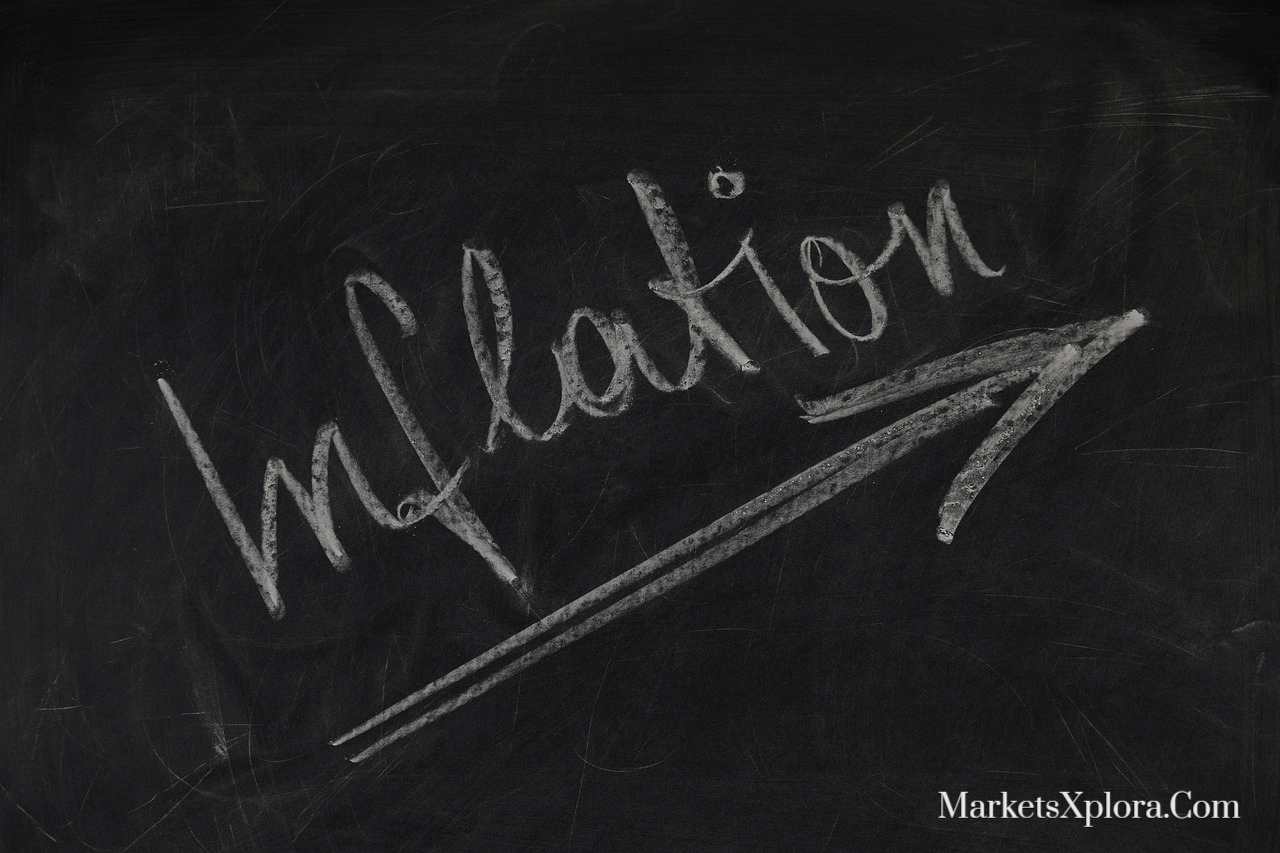Key Insights
- Raising interest rates as the primary tool to address inflation may have unintended consequences.
- Supply shortages and profiteering are major drivers of inflation, and addressing structural issues is crucial.
- Alternative measures, such as targeted public investments and regulations, can offer more effective and equitable solutions to combat inflation.
Inflation, the persistent rise in prices of goods and services, has become a pressing concern for policymakers around the world. As central banks grapple with the challenge of maintaining price stability, the age-old tool of raising interest rates has resurfaced as a preferred mechanism. However, it is crucial to critically examine the potential consequences of relying solely on interest rate hikes to address inflation.
This article delves into the intricacies of this approach, shedding light on its limitations and proposing alternative measures that warrant consideration.
Before we proceed, let’s give answers to the following questions:
- Why are interest rates going up?
- How does raising interest rates help inflation?
- How does raising interest rates affect inflation?
Why are interest rates going up?
So, what’s the deal with interest rates shooting up? Well, the main reason behind this upward trend is the concern over rising inflation. Central banks around the world are keeping a close eye on the price levels of goods and services, and when they start spiraling out of control, they feel the need to take action. By increasing interest rates, they hope to rein in excessive spending and tame inflationary pressures.
How does raising interest rates help inflation?

You might be wondering, how in the world does raising interest rates help combat inflation? It’s a good question. When interest rates go up, borrowing money becomes more expensive. This, in turn, puts a damper on consumer and business borrowing. With higher borrowing costs, people and companies tend to be more cautious with their spending, which can help cool down the demand for goods and services. This decrease in demand can work wonders in keeping inflation at bay.
But there’s more to it than just that. Another interesting side effect of raising interest rates is its impact on currency. You see, when interest rates go up, it tends to make a country’s currency more attractive to foreign investors. A stronger currency can lead to increased imports and decreased exports, which, you guessed it, can further help alleviate inflationary pressures.
But how do interest rates affect inflation?
How does raising interest rates affect inflation?
Now, let’s dive into how raising interest rates actually affects inflation. It’s a bit of a mixed bag, to be honest. In the short term, higher interest rates can put the brakes on economic growth and rein in inflation by curbing borrowing and spending. Sounds like a win, right? Well, yes and no.
While it may help combat inflation, it also means that businesses and individuals face higher borrowing costs. This can put a damper on investment and consumption, potentially slowing down the economy. It’s a delicate balancing act for central banks to find the sweet spot where they can control inflation without plunging the economy into a downturn.
But here’s the kicker: the long-term effects of raising interest rates to tackle inflation are not as straightforward as they may seem. It takes time for changes in interest rates to ripple through the economy and have a meaningful impact on inflation. Central banks need to carefully manage the pace and magnitude of interest rate hikes to avoid causing unintended consequences like a full-blown recession or a surge in unemployment.
And here’s the plot twist: the effectiveness of raising interest rates in controlling inflation hinges on the underlying causes of inflation itself. If inflation is primarily driven by supply-side factors like shortages or market power, higher interest rates might have limited impact. In these cases, addressing the root causes of inflation through targeted policies, such as fixing supply chains or implementing regulatory measures, may be more fruitful than relying solely on interest rate adjustments.
Let us go back to the big policy question at hand. Can raising interest rates truly tame inflation?

The illusion of monetary control
For decades, central banks have clung to the notion that inflation can be tamed through tight control of the money supply. This concept, known as monetarism, has persisted despite its historical ineffectiveness in combating inflation.
It is time to reevaluate this approach and acknowledge that inflation is driven by complex factors beyond mere money creation.
Supply constraints and profiteering
In the current economic landscape, inflationary pressures are predominantly rooted in supply shortages and profiteering rather than excessive money printing. Rather than focusing solely on reducing demand through interest rate hikes, governments must address the structural issues causing supply disruptions. Repairing supply chains, investing in critical infrastructure, and enhancing resilience to future challenges are essential steps toward mitigating rising prices.
Alternative solutions
Rather than resorting to blunter monetary policies, governments should explore more targeted and equitable approaches to address inflation. By providing public alternatives for high-priced goods and services, policymakers can alleviate demand pressures and promote affordability. For instance, investments in renewable energy infrastructure and improved public transportation can reduce dependence on fossil fuels, helping counter rising energy costs.
Regulating prices is another viable strategy. Rent control measures, coupled with robust investment in non-market and co-op housing, can ensure an adequate supply of affordable rental units. Additionally, bolstering public services, such as healthcare, childcare, and public transit, can ease the financial burden on individuals and foster economic stability.
Fiscal Policy and social benefits
The prevailing narrative that only central banks hold the power to combat inflation has overshadowed the potential of fiscal policy and other finely-tuned measures.
In fact, well-directed fiscal policies have a better chance of curbing inflation while yielding long-term social benefits. Instead of stifling investments through higher interest rates, governments should consider policies that encourage productive economic activities, support fair competition, and improve living conditions for all.
Challenging the status quo
The conventional wisdom of relying heavily on interest rate hikes to tame inflation needs to be reevaluated. It is essential to acknowledge the limitations of this approach, including its delayed impact and potential adverse consequences. Simply put, steering an economy solely through monetary policy adjustments is akin to steering a cruise ship with a canoe paddle – an exercise in futility.
Read also: Tackling Inflation in Nigeria: Economist Warns of Potential Interest Rate Hike
Conclusion
As policymakers grapple with the challenges posed by inflation, a broader perspective is necessary. While interest rate hikes may offer short-term relief, their long-term implications on economic growth and societal well-being demand scrutiny. Governments must embrace a multifaceted approach, focusing on supply chain resilience, targeted public investments, and regulations that promote fair competition. By reevaluating traditional tools and embracing innovative solutions, we can navigate the complexities of inflation more effectively, ensuring a prosperous and equitable future for all.


[…] Related: Can Raising Interest Rates Curb Inflation? […]
[…] Read also: Can Raising Interest Rates Truly Tame Inflation? […]
[…] Read also: Can Raising Interest Rates Truly Tame Inflation? […]
[…] Tayyip Erdogan had been a key driver of both inflation and the lira’s decline. He resisted raising interest rates and, at times, even implemented rate cuts. However, following his re-election this spring, he […]
[…] Read also! Can Raising Interest Rates Truly Tame Inflation? […]
[…] economy. The forthcoming reports on third-quarter GDP and the Federal Reserve’s preferred inflation gauge are expected to take center stage later this […]
[…] the official statement issued by the Bank of Canada, it was revealed that prior interest rate hikes have had a dampening effect on economic activity, causing a slowdown in inflation. This […]
[…] Inflation across the euro zone fell to its lowest level in two years in October, easing to 2.9% from 4.3% the previous month according to preliminary data released on Tuesday. […]